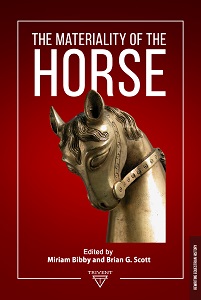Equids in Late Byzantine Hagiographies
Equids in Late Byzantine Hagiographies
A Comparison with the Middle Byzantine Period
Author(s): Alexia-Foteini Stamouli
Subject(s): History, Cultural history, Local History / Microhistory, Social history, Middle Ages, 6th to 12th Centuries
Published by: Trivent Publishing
Keywords: Byzantium; Hagiography; horses; transport; war; avoidance; accidents; hippodromes.
Summary/Abstract: Data of late Byzantine hagiographical texts on equids are analyzed and compared with those of the middle period, revealing a complexity of relationships. For example, in hagiographies of both periods, saints often refuse to ride on horseback. Information about horses as a means of transport is rarer in the late hagiographies, but there are more testimonies of horses being used during wars. References to hippodromes or to people descending from horses to pray are rarer in the late period as well. In both periods, the horse appears as a punisher or as an instrument of divine punishment. Descriptions of persecution (and martyrdom) refer to equids, for example when saints were tortured by being drawn by equids. Τhe references to equids used for water transport are of particular interest. Finally, there is resemblance in the use of similes, metaphors, and proverbs involving horses in both periods. In conclusion, the importance of equids remains as great in the late hagiographies as in those composed in the middle period.
Book: The Materiality of the Horse
- Page Range: 133-174
- Page Count: 42
- Publication Year: 2020
- Language: English
- Content File-PDF

